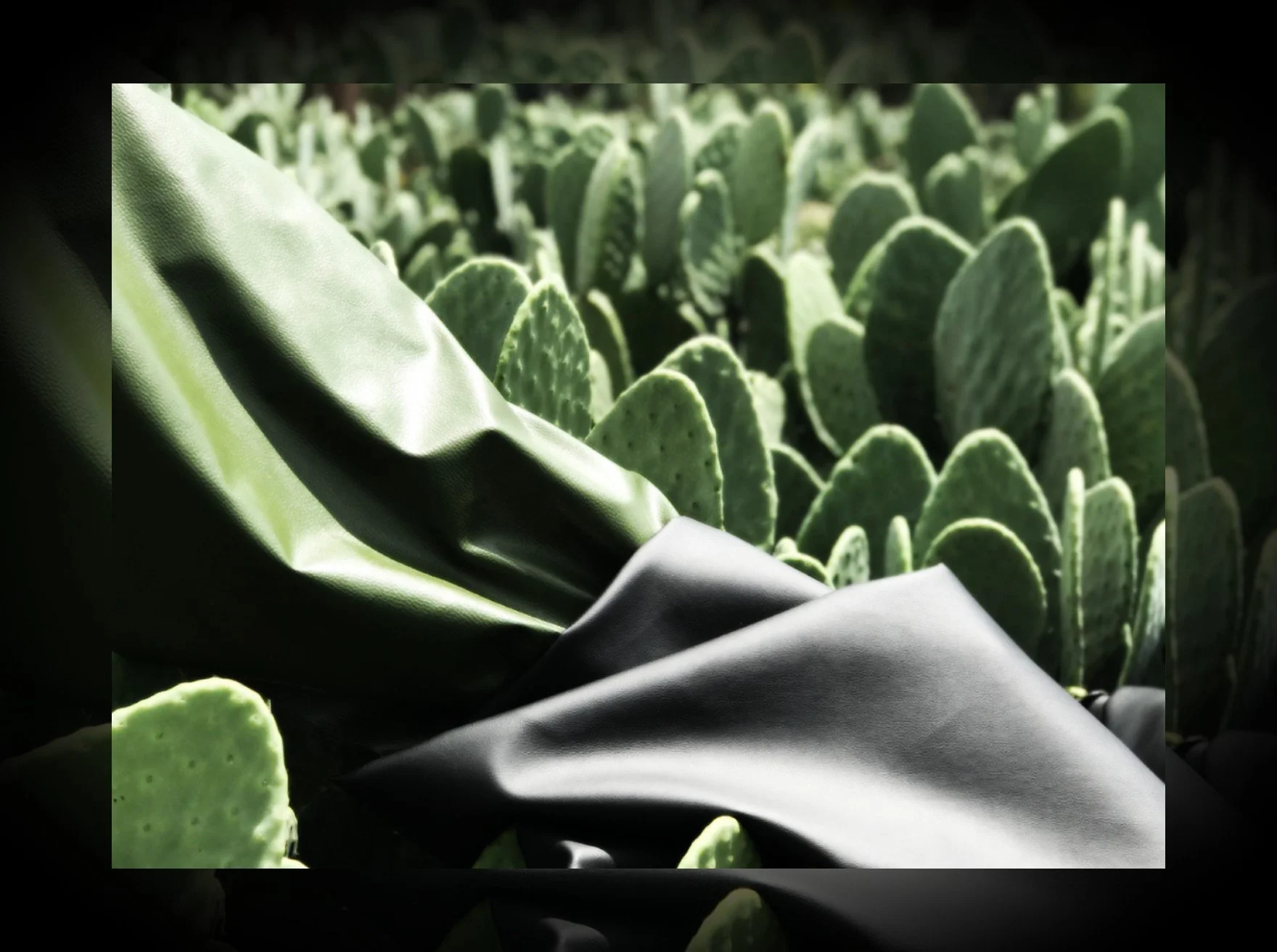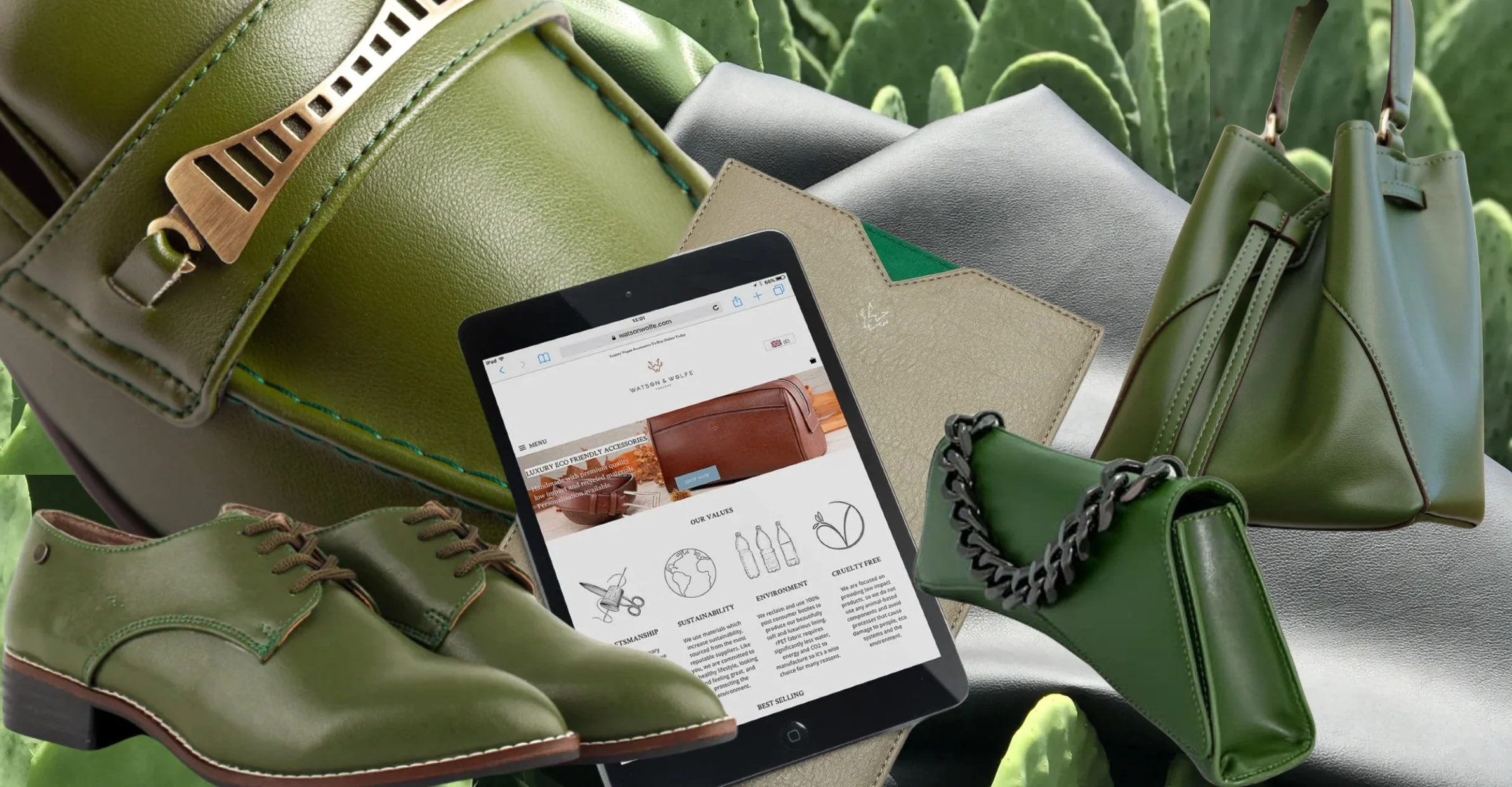Luxury design house Chanel is entering the world of circular fashion with first-class efforts, backed by an investment of upwards of 80 million euros.
Recently, Chanel unveiled Nevold – short for “never old”. This all-new sector of the luxury fashion house will be a fully independent platform dedicated to developing recycled materials at industrial scale. Nevold is a B2B (business-to-business) model created with goals of circular textiles usage for Chanel collections and third parties across the fashion spectrum. Nevold is geared to offer hybrid materials such as yarn made from a blend of virgin and recycled fibers, and recycled leather material that has already been integrated into 30% of Chanel bags and 50% of certain Chanel footwear lines.
Sustainable practices aren’t necessarily new at Chanel, as the brand has an in-house recycling lab, L’Art Metiers. The house also doesn’t destroy unsold products but instead seeks innovative ways to extend the life of these products. Company leadership has been experimenting for years on methods and systems that would eventually close the loop of their luxury product lifecycles. However, the Nevold venture will formalize its endeavors. The brand recognizes the scarcity of high-quality raw materials, such as cotton, wool, cashmere, silk, and leather, and therefore utilizes recycled threads in their tweed, as well as processed leather waste, to reinforce damaged shoes and bags.
LONGTERM ALTERNATIVE – FAR BEYOND NEXT SEASON
For Chanel, Nevold is a surge towards environmental sustainability that extends beyond surface-level ideas of circularity with a resale, buyback program, or upcycling finished products. As yet, Nevold doesn’t have any hard-set metrics to reach, no expected returns to deliver, nor KPIs on how much recycled content will be used in future Chanel collections. Its centralized focus is on the components - not the product. Taking an in-depth look at what can be created when recycled and virgin content is fused with the technical standards of luxury manufacturing. In acknowledgment of the global material crisis, Bruno Pavlosky, president of fashion at Chanel and Chanel SAS, insists “[Chanel] is not trying to replace what nature gives us to use”, but preserves it in a way that still provides “best quality with full transparency and traceability”. The goal is not to change Chanel’s identity, but to equip current and next-generation Chanel customers with the knowledge, capability, and resilience of what is possible with environmentally focused innovation, heritage craftsmanship, and desirability.
Sources:





